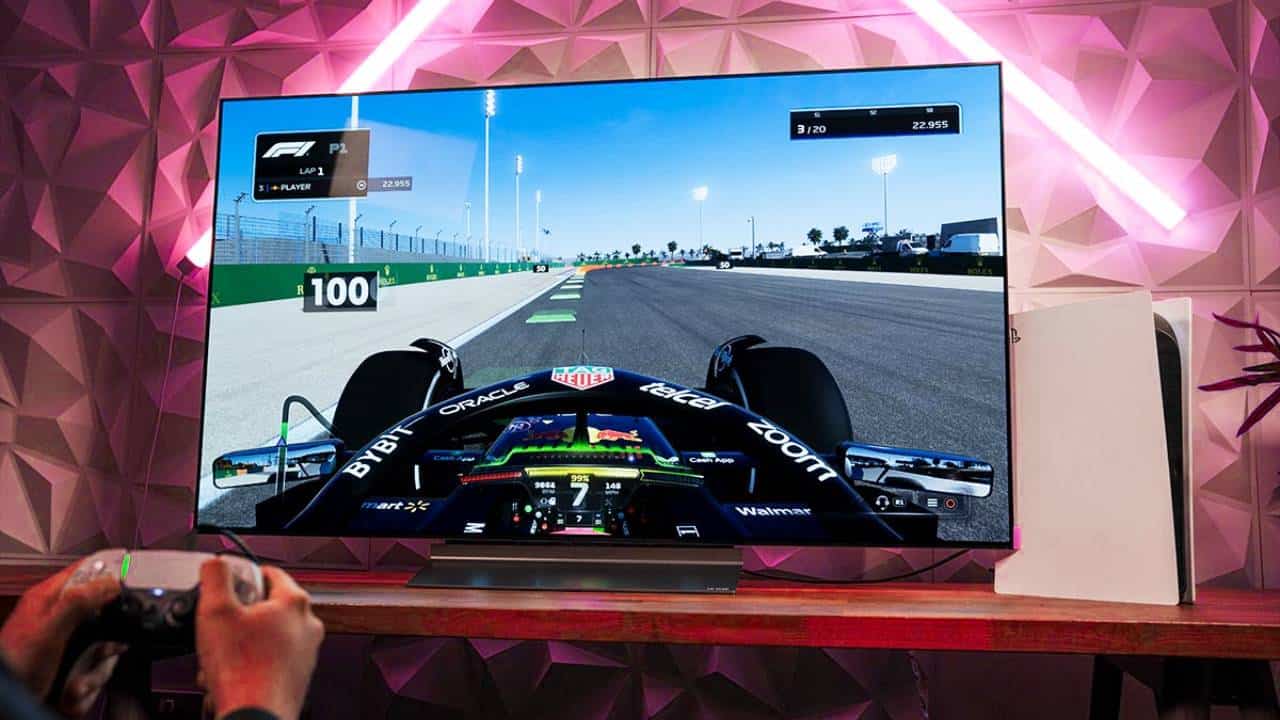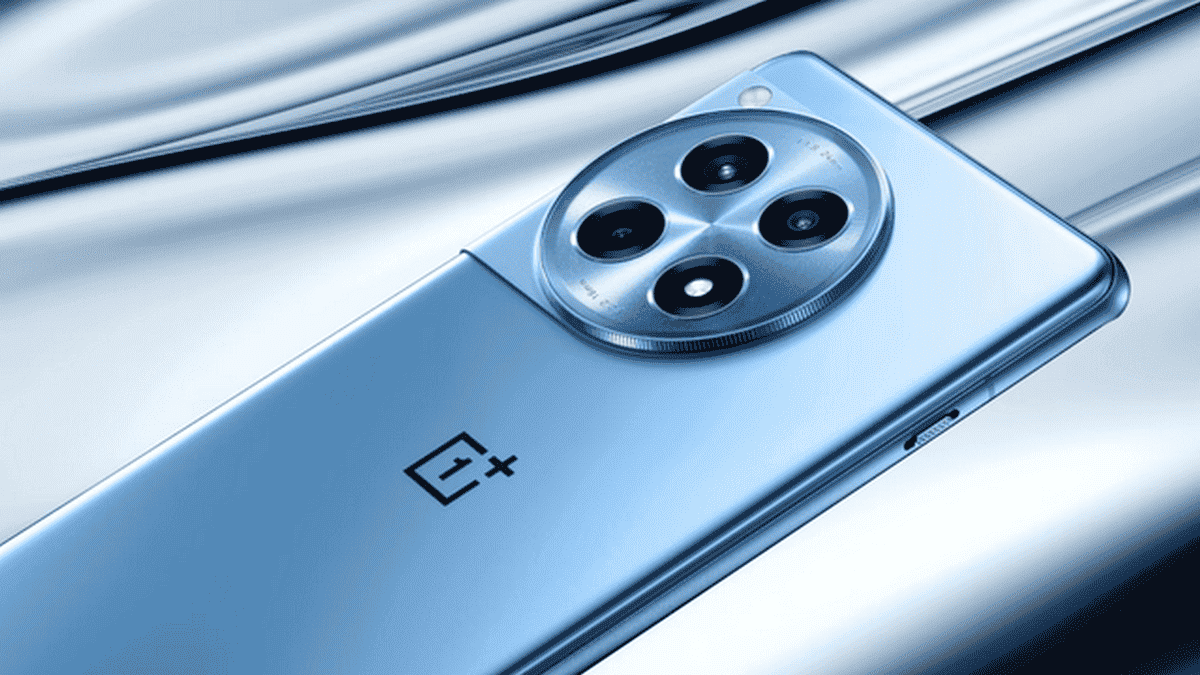
The Sony A7C II and Sony A7 IV are both 33 megapixel full-frame mirrorless cameras that are designed to be the ultimate hybrid stills/video solution for enthusiasts.
Despite taking a very approach to their different external design, they’re actually very similar when it comes to their core specifications.
So we’re bringing you this Sony A7C II vs Sony A7 IV head-to-head comparison to help you choose between the two cameras.
You can also read our detailed Sony A7C II review and Sony A7 IV review to find out exactly what we think of each one in much more depth.
Sensor
Both cameras have exactly the same 33 megapixel, 35mm full-frame, back-side illuminated (BSI) CMOS Exmor R sensor, so the image quality should be nigh on identical.
Processor
Both cameras use the very latest BIONZ XR processor, which offers a whopping 15+ stops of dynamic range and 8x more processing power than the BIONZ X processor found in the original A7C, which was itself no slouch.
ISO Speed
The native sensitivity range of the Sony A7C II runs from ISO 100-32,000, which can be expanded down to ISO 50 and up to ISO 102,400.
The native sensitivity range of the Sony A7 IV runs from ISO 100-51,200, which can be expanded down to ISO 50 and up to ISO 204,800.
Video
The A7C II offers slightly more advanced video recording specs and performance than the older A7 IV.
Both cameras offer 4K UHD video recording in the XAVC S-I format, up to 60fps at 4:2:2 color depth in 10-bit to the inserted memory card or over HDMI to compatible third party recorders with either Long GOP or All-Intra frame encoding.
4K/30p video is oversampled from 7K in full-frame, but unfortunately 4K/60p is oversampled from 4.8K in the APS-C Super 35 mode.
So when shooting in 4K at 30p, the cameras utilise the full width of the image sensor to oversample from 7K’s worth of data, but at 60p, a 1.5x crop is applied.
They can both record Full 1080 HD at up to 120fps, with the dedicated Slow and Quick motion mode offering frame rates ranging from 1fps to 120fps at 1080p quality.
They both support the S-Cinetone, HLG, S-Log3 and S-Log2 profiles. The newer A7C II additionally supports M-LUT and Log recording with LUTs.
Both models support the newer Digital Audio Interface (via the Multi Interface Shoe) to enable use of the ECM-B1M digital shotgun microphone or similar.
The newer A7C II also offers the clever Auto Framing feature which uses the camera’s AI-based subject recognition technology to automatically crop the frame to keep the subject in a prominent position when shooting movies, even when the camera is mounted on a tripod.
Autofocus
The new A7C II has exactly the same hybrid autofocus system with phase detection and and contrast detections points as the A7 IV.
There are 759 phase-detection points and 25 contrast points that cover 94% of the frame, with the system working all the way down to -4EV low-light.
Sony has added an AI deep learning processing unit to both cameras which enables them to recognise far more subjects than previous models, and also greatly improves the detection of humans and animals/birds.
The A7C II and A7 IV can recognise a human via its pose as well as its eye and face. So if the person’s head is turned away from the camera, they will still accurately detect the subject as human based on their AI deep learning.
Animal and bird detection has been expanded from just being able to recognise the eye to the eye, head and body on both of these cameras.
As well as humans and animals, both models are also able to recognise airplanes, cars, trains and insects.
Burst Shooting
Both cameras offer 10fps burst shooting with Full AF/AE tracking using either the mechanical or silent electronic shutter.
The A7 IV can only achieve this rate, though, if you shoot JPEGs and/or compressed Raws.
The burst speed on the A7 IV drops quite dramatically to just 5-6fps if you want to shoot either uncompressed or lossless compressed Raw files, which we suspect a lot of users would prefer.
The A7 IV is able to shoot at 6fps for up to 830 JPEG+RAW (uncompressed or lossless compressed) or at 10fps for 1,000 Fine JPEGs or compressed RAW in one high-speed burst.
The A7C II has a similar buffer to the A7 IV, at least when it comes to JPEGs, being able to shoot at 10fps for over 1000 Fine JPEGs. It actually has a smaller buffer for RAW files, though, taking 44 RAW images or 20 RAW and JPEGs in one high-speed burst.
The 10fps shooting rate on both cameras is available with either the mechanical shutter or the completely silent electronic shutter, which could be the difference between capturing that candid moment or distracting your subject and missing the shot.
Body
These two cameras take a completely different approach to their external design, with the A7C II following the long-established rangefinder-esque format of the A6000-series cameras and the A7 IV inheriting the mini-DSLR feel of the A7-series.
There are some clear design similarities though that have been passed down the line-up, with the external controls broadly mimicking each other.
Firstly, the handgrip on the A7C II has been made larger and more prominent to offer greater balance with heavy or telephoto lenses. It’s not as big as the one on the A7 IV but is a welcome improvement none-the-less.
There’s also a new Extension Grip available which further improves the handling – this is an optional accessory for the A7C II.
Both cameras have a second command dial at at the top of the handgrip which makes it even easier to change the key exposure settings in conjunction with the rear command dial.
On the rear, the Still/Movie/S&Q dial from the A7 full-frame series has made its way onto the A7C II, joined by a larger, more prominent rear AF On button and a new C1 custom button which accesses the white balance settings by default.
The A7C II doesn’t have either a dedicated AEL button or AF joystick though, both of which can be found on the larger A7 IV.
Viewfinder
The A7 IV has a better viewfinder than the A7C II – a 3.69m-dot EVF that features 100% scene coverage, 0.78x magnification and a 120fps high frame rate option to help track moving subjects more smoothly with virtually no lag.
The A7C II has a lower-res 2.36M-dot OLED XGA electronic viewfinder with 0.70x magnification and a 120fps high frame rate setting.
LCD Screen
Both cameras have the same 3-inch, 3:2 ratio LCD screen with 1.03 million pixels – we’d have expected to see a much higher resolution screen on a new camera released in 2023.
Both models have a fully articulating vari-angle design which means that you can flip out the screen to the side, rotate it forwards for easier operation when pointing the camera at yourself, and fold it flat against the back of the camera to stop it from getting scratched.
IBIS
Both cameras have 5-axis optical in-body image stabilisation that corrects for pitch and yaw shake.
Thanks to a newly redesigned stabilisation unit, the new A7C II offers up to 7 stops of in-body stabilisation, making it one of the more capable Alpha camera in this regard.
The A7 IV has built-in image stabilisation that’s only worth up to 5.5 shutter speed stops.
Both models benefit from having a special Active Mode that increases stabilization for hand-held movie shooting by using the BIONZ XR processors.
Memory Cards
The larger A7 IV has dual memory card slots, and one of these slots can interchangeably use UHS-II SD-cards and even faster CFexpress Type A cards.
Perhaps unsurprisingly given its more compact size, the A7C II only has a single memory card slot which supports the faster SD UHS-II memory card standard.
Both cameras have a dedicated memory card port that’s hidden behind a lockable door on the side of the camera.
Battery Life
The Sony A7C II uses exactly the same large capacity NP-FZ100 battery as the A7 IV model.
The A7C II has a CIPA-rated battery life of around 540 shots when using the LCD screen and 510 when using the viewfinder
The A7 IV offers a longer battery life of 700 shots when using the LCD screen and 750 when using the viewfinder.
Both cameras can also be powered and charged via a USB connection, which is useful if you’re out and about and have a compatible powerbank to plug the camera into, and both use the newer USB-C variant.
Price
A price-tag of around £2100 / €2400 body only or £2400 / €2700 with the FE 28-60mm F4-5.6 kit lens makes the new Sony A7C II slightly cheaper at launch than the A7 IV.
The A7 IV is priced at around £2400 / €2800 / $2500 body-only in the UK, Europe and the USA respectively, making it a more expensive proposition.
Conclusion
Choosing between the new Sony A7C II and the older A7 IV really comes down to which camera format you prefer – compact rangefinder or larger DSLR – and whether you can afford the extra cash for the A7 IV.
The larger A7 IV offers a better viewfinder, dual memory card slots and longer battery life. On the flip-side, the smaller, lighter A7C II offers some additional video features, more effective IBIS, bigger burst shooting buffer and longer battery life, not to mention that cost-saving.
So what do you think? Would you choose the smaller, cheaper Sony A7C II or the larger, pricier A7 IV? Leave a comment below!
Your Comments






